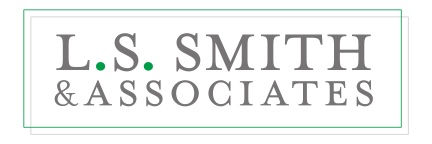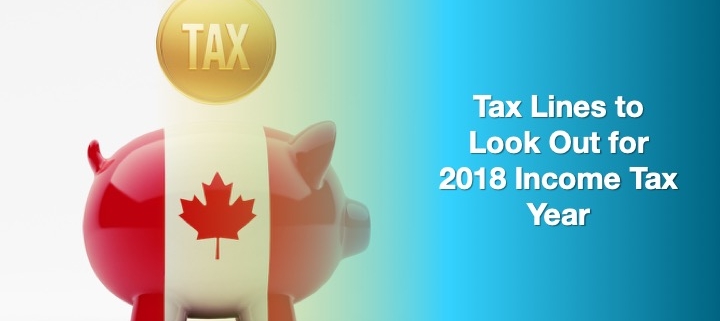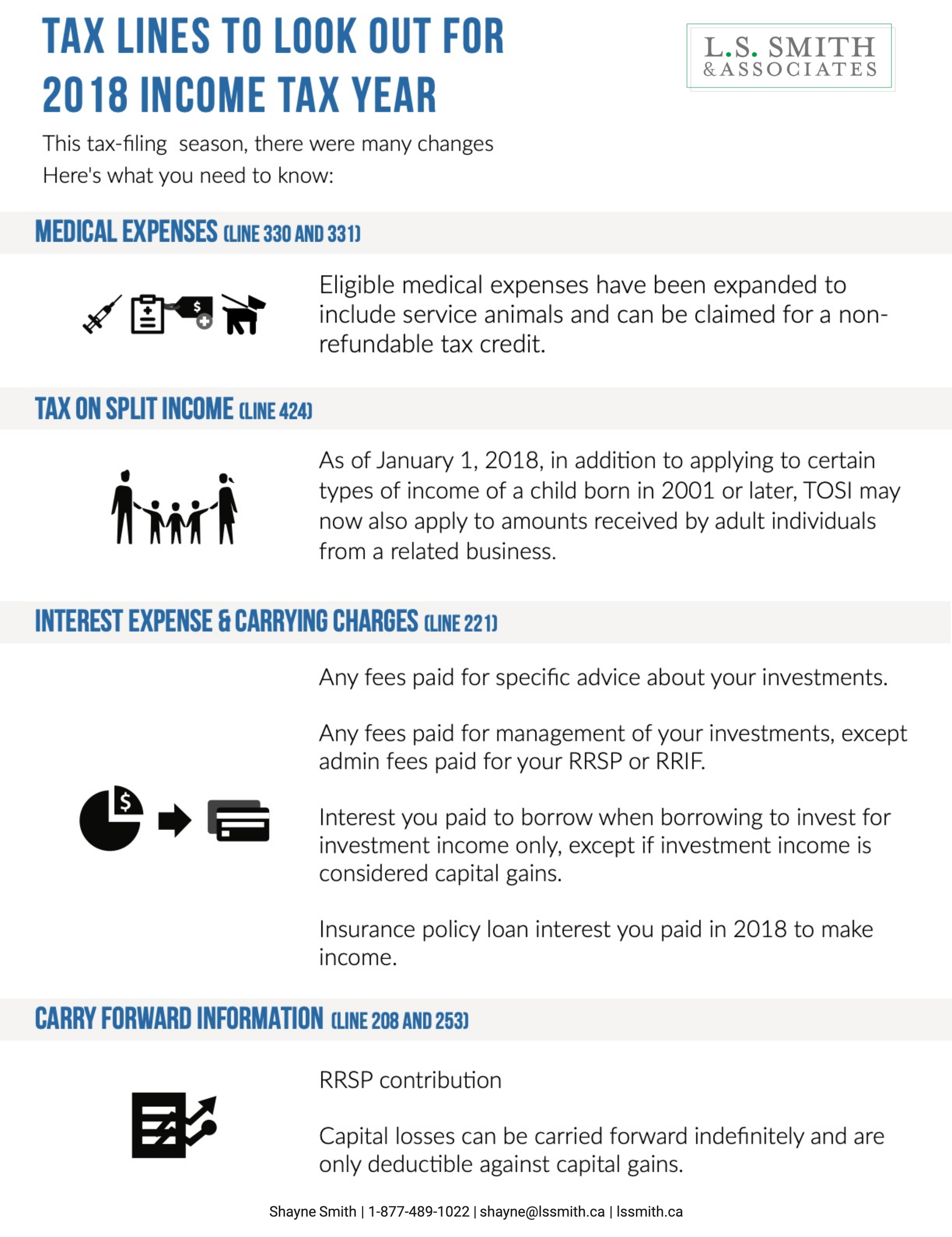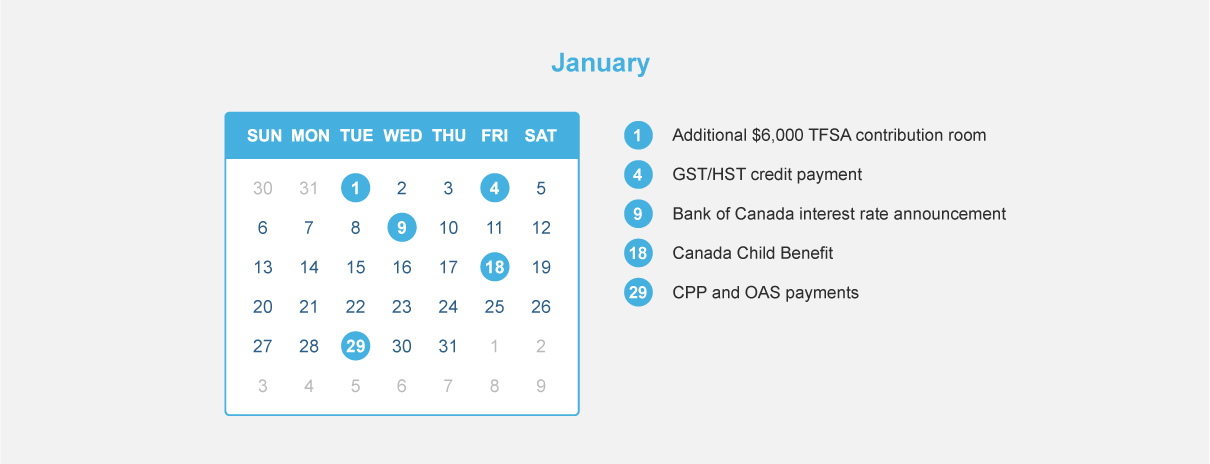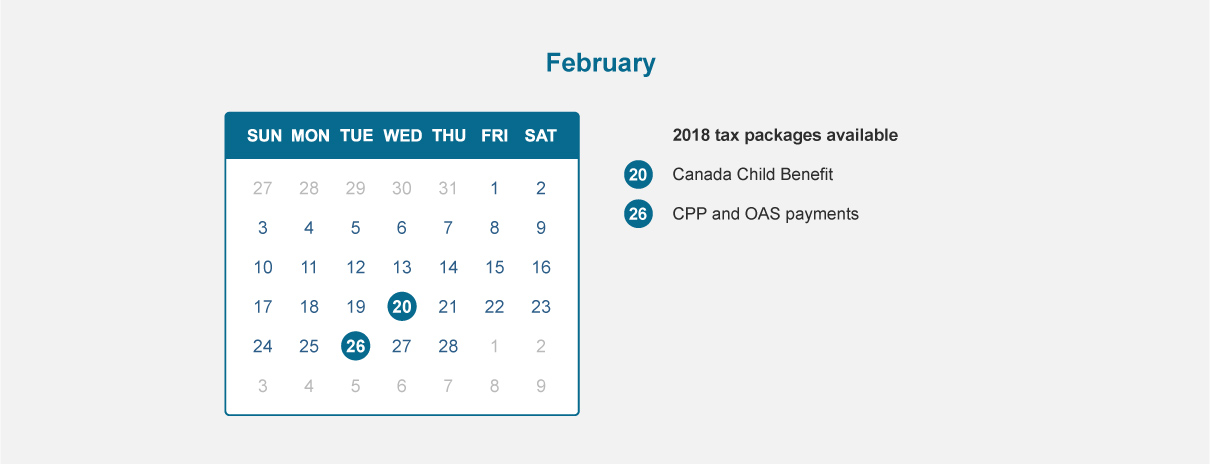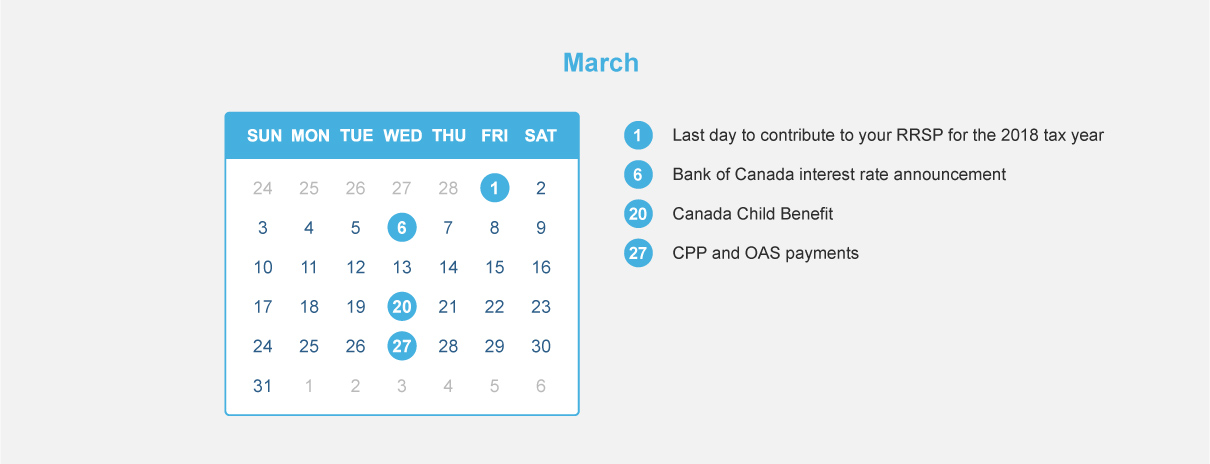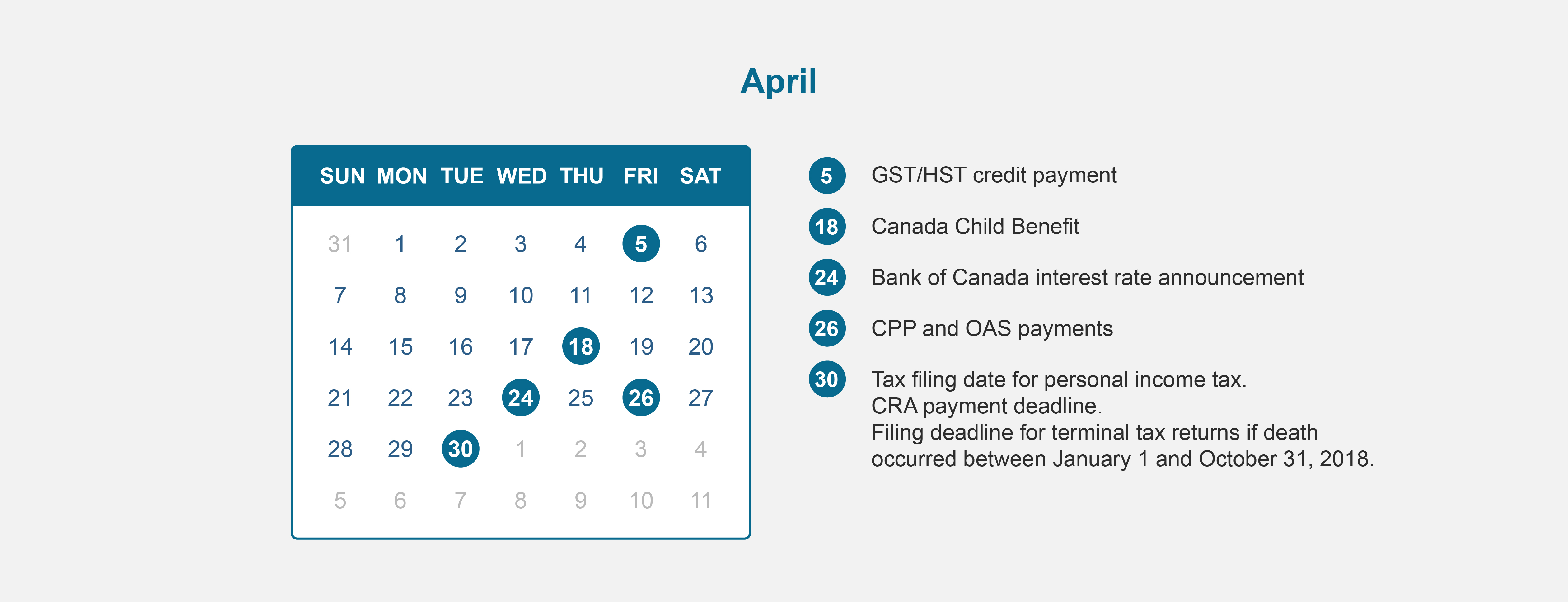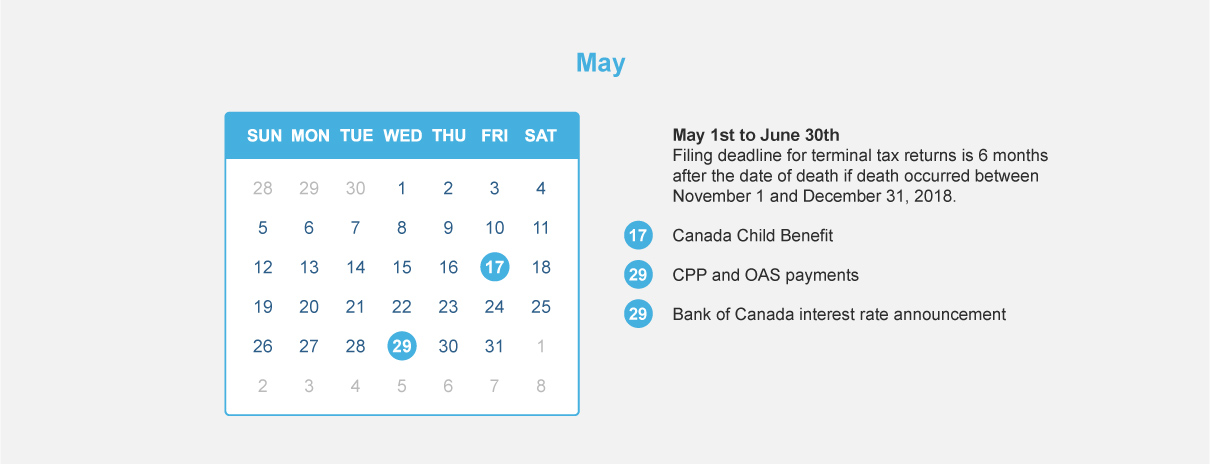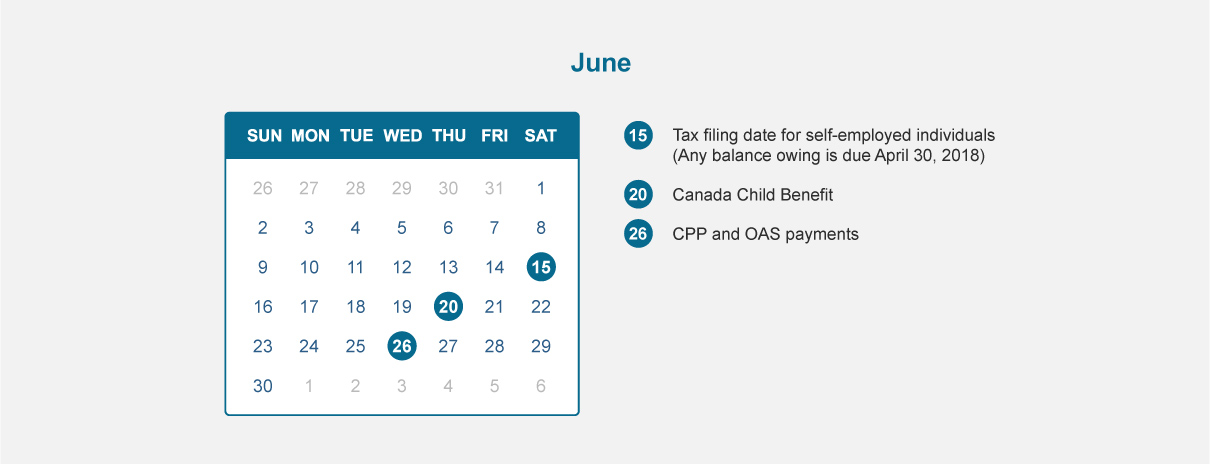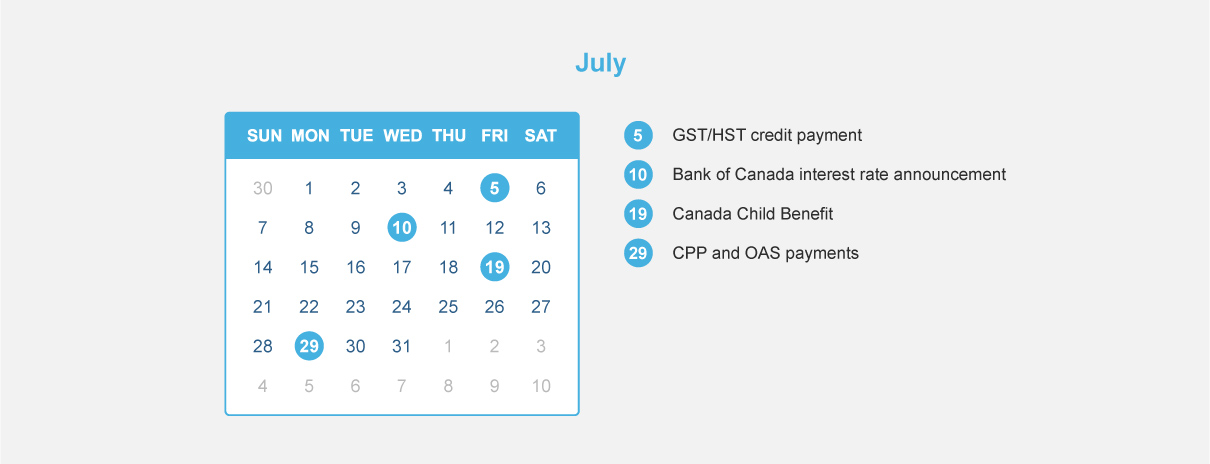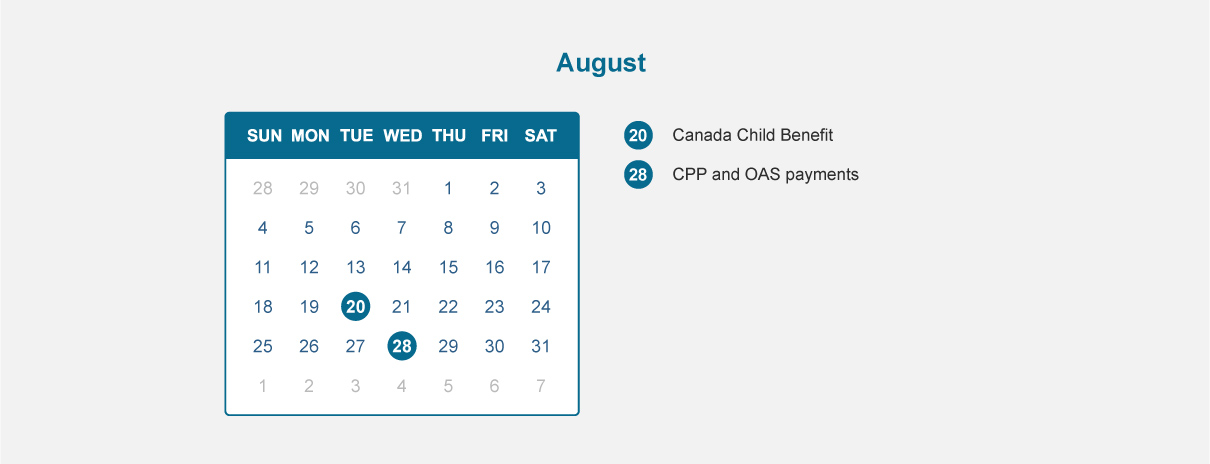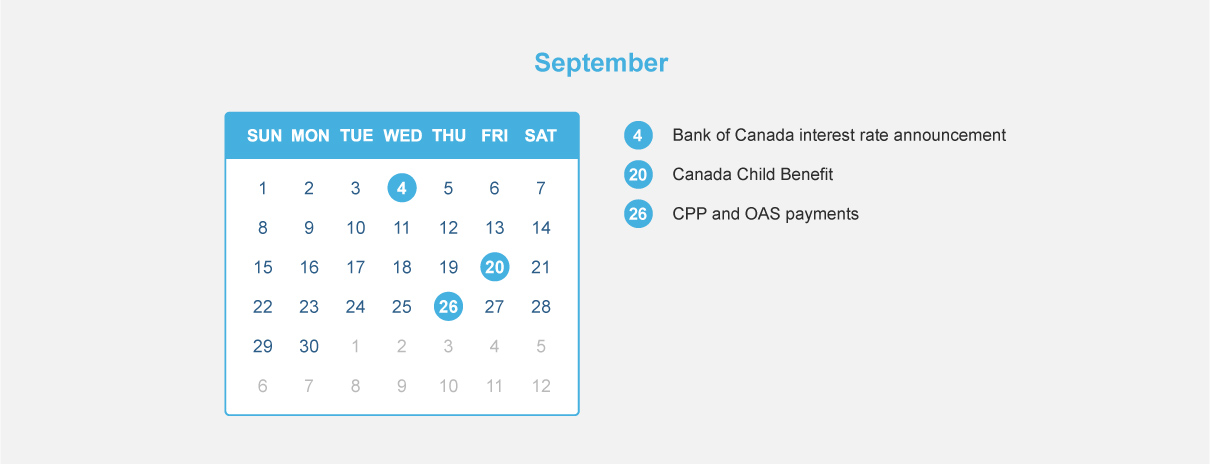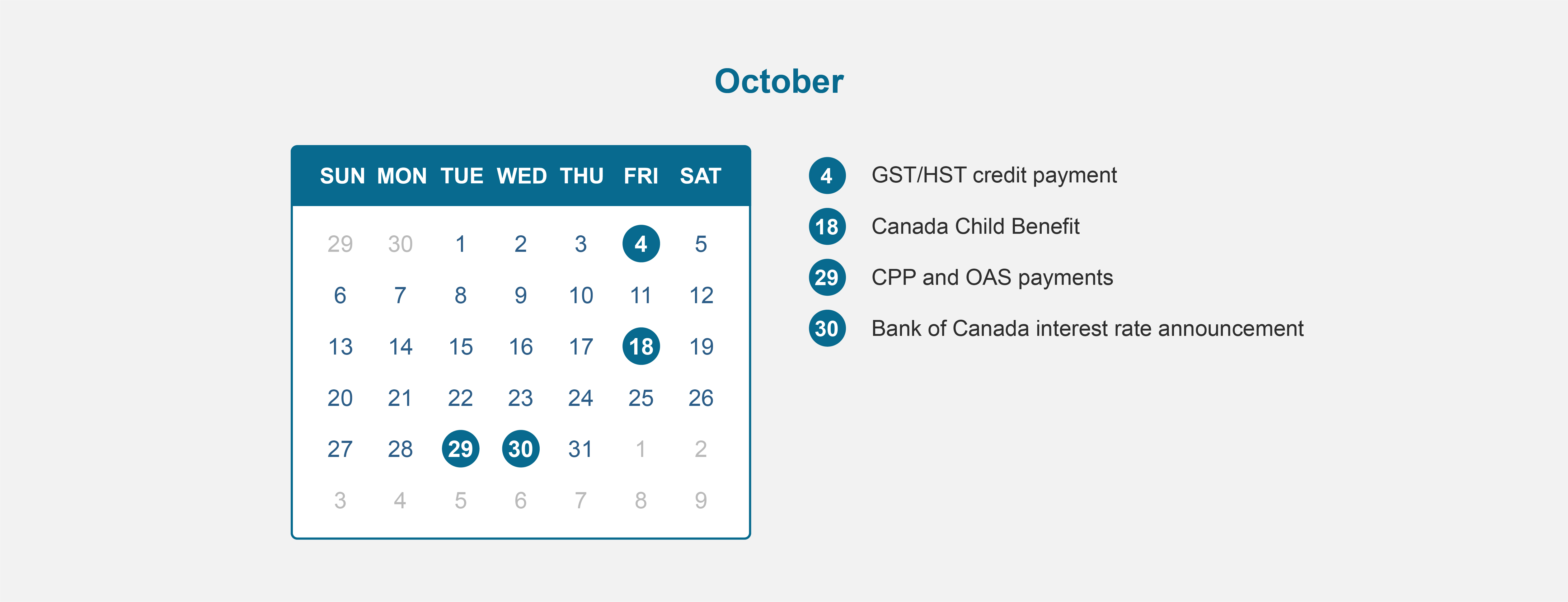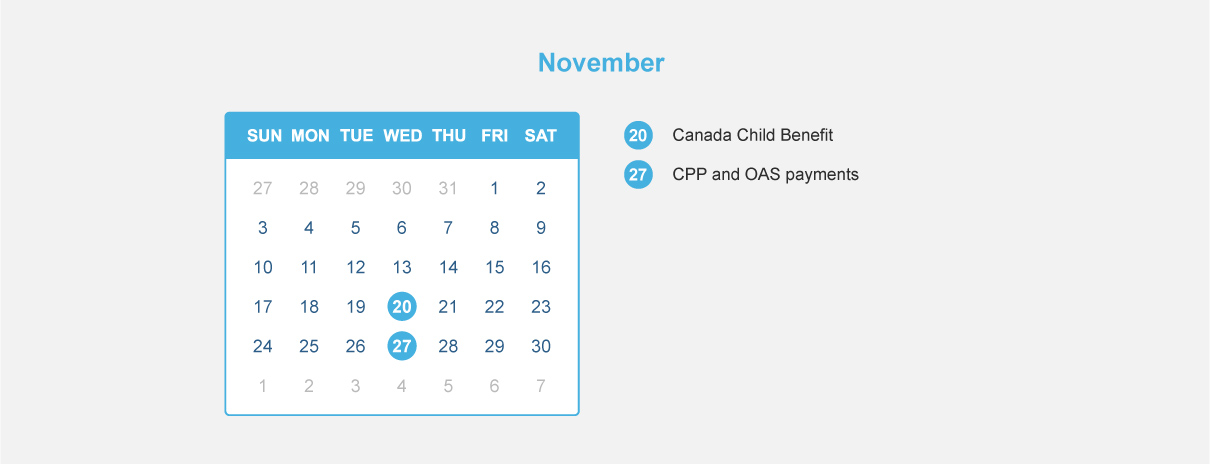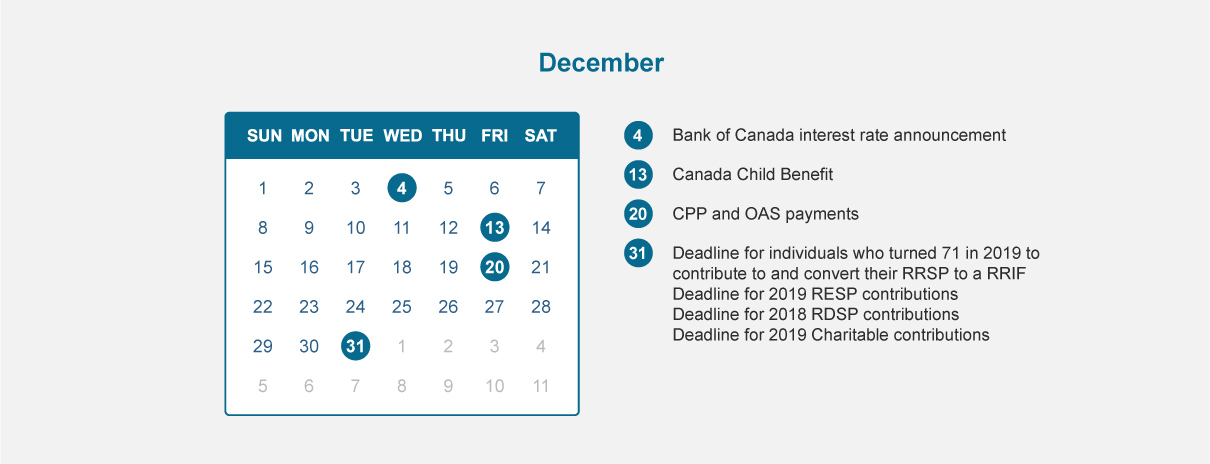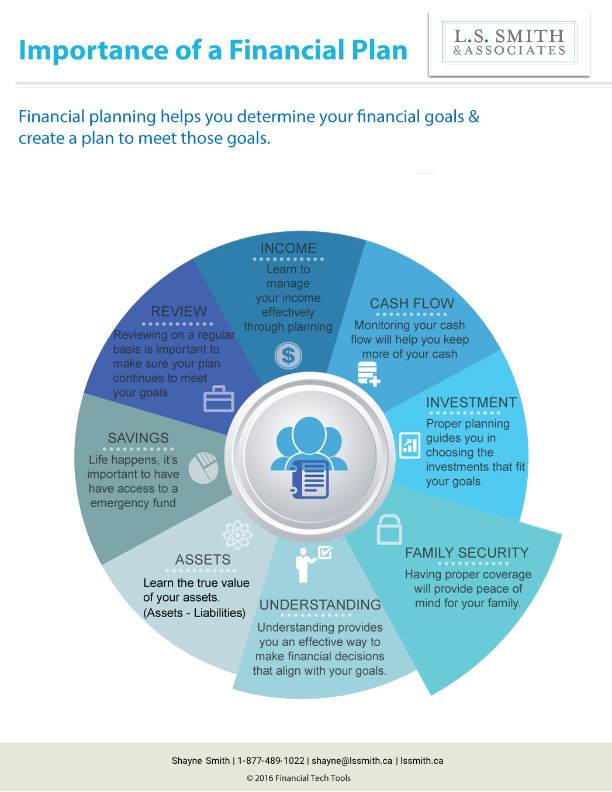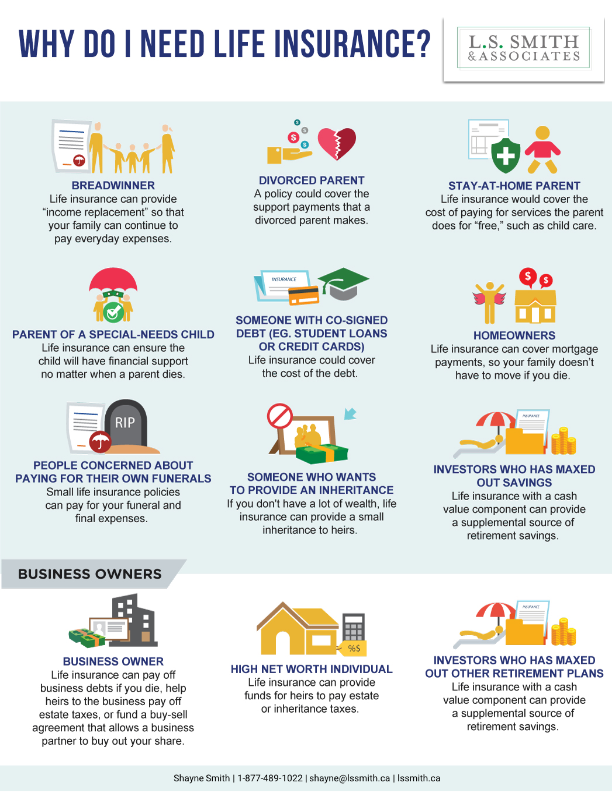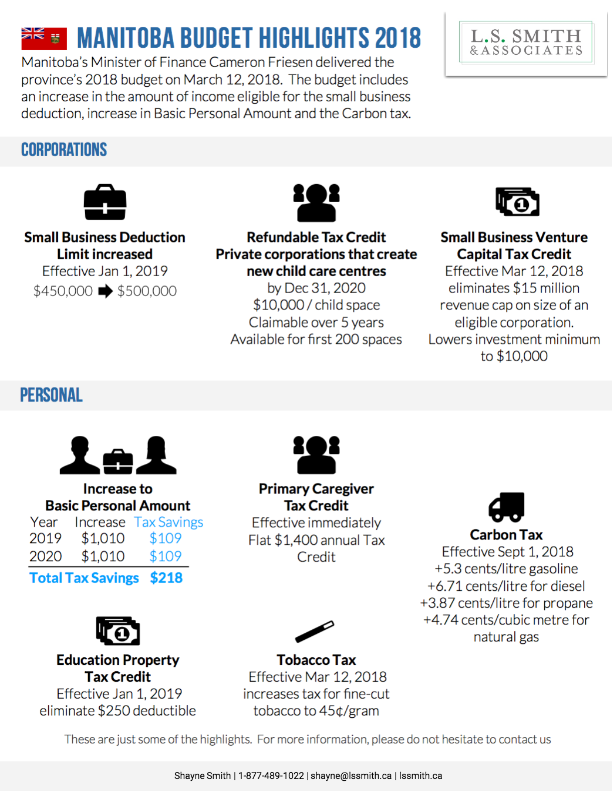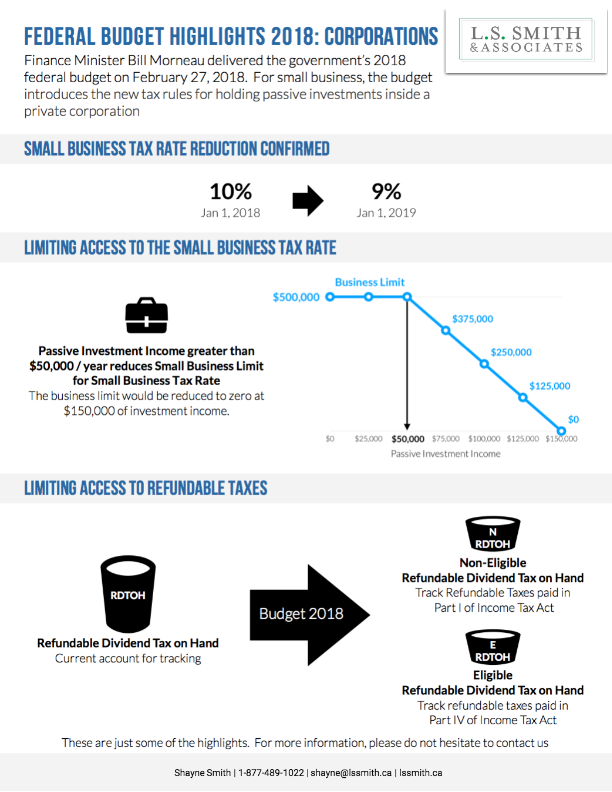Manitoba Budget for 2019
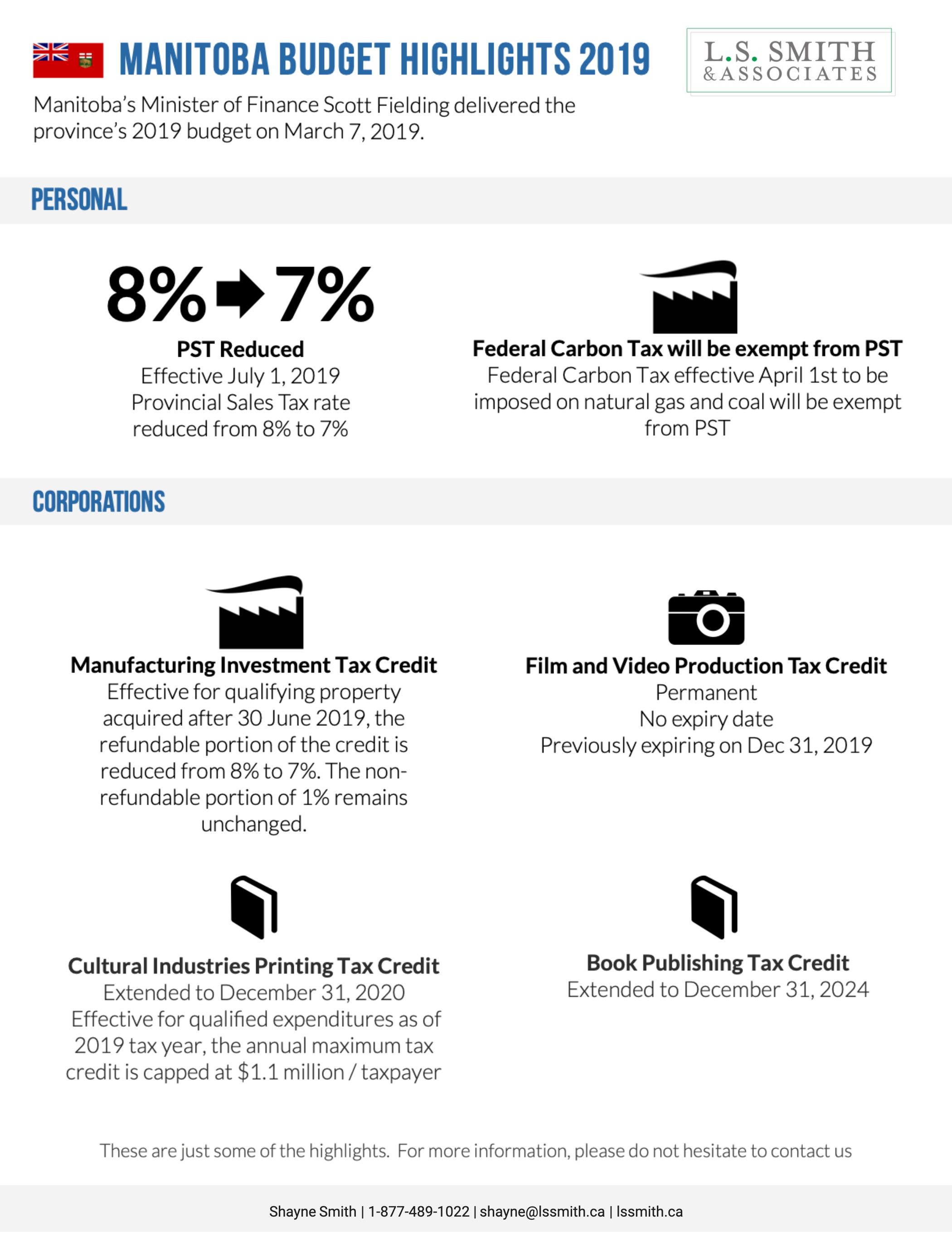
The big news from the Manitoba Budget was the reduction of the Provincial Sales Tax (PST) from 8% to 7%. The change will come into effect July 1st, 2019.
According to the Manitoba.ca website:
“This will save families $30 when buying furniture worth $3,000, $350 when buying a car or truck for $35,000 or $1,500 when buying a new home for $300,000.”
Also, this Provincial Sales tax will NOT be applied to the upcoming Federal Carbon Tax to be levied on natural gas and coal. This is estimated to save Manitoba families and businesses $3.6 million in 2019/2020.
For business, the focus is on business growth. Some initiatives include:
-
Film and Video Production Tax Credit is made permanent with no fixed expiry date. The amount allocated will increase from $16 million to $31.5 million.
-
Cultural Industries Printing Tax Credit is extended by one year to December 31, 2020. In addition, the annual maximum tax credit claim is capped at $1.1 million per taxpayer. This measure is effective for qualified expenditures as of the 2019 tax year.
-
To grow the book publishing industry, the Book Publishing Tax Credit is extended for five years to December 31, 2024.
-
To support individuals and corporations who acquire equity capital in eligible Manitoba enterprises, the Small Business Venture Capital Tax Credit is extended for three years to December 31, 2022.
The full Manitoba budget can be found at Manitoba.ca
